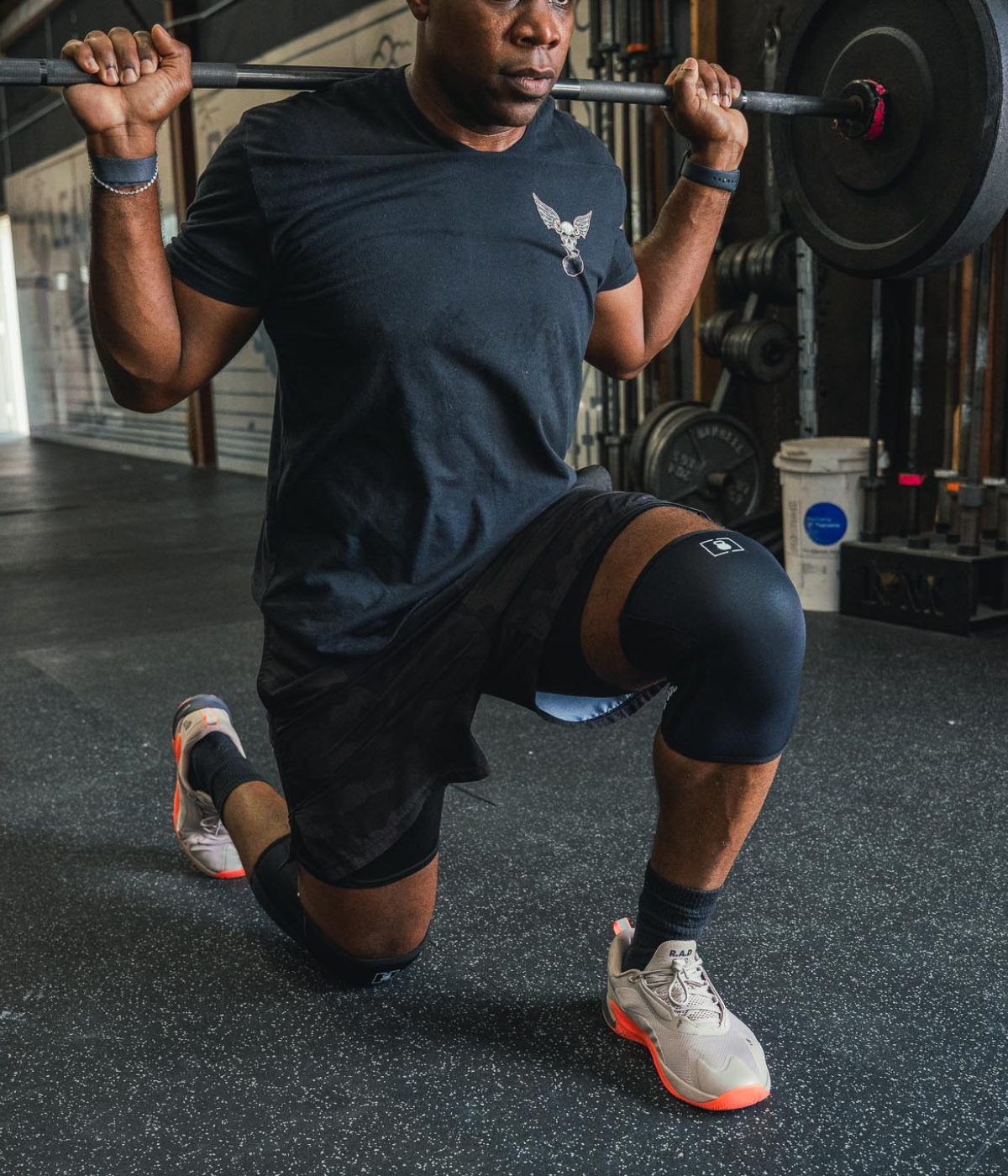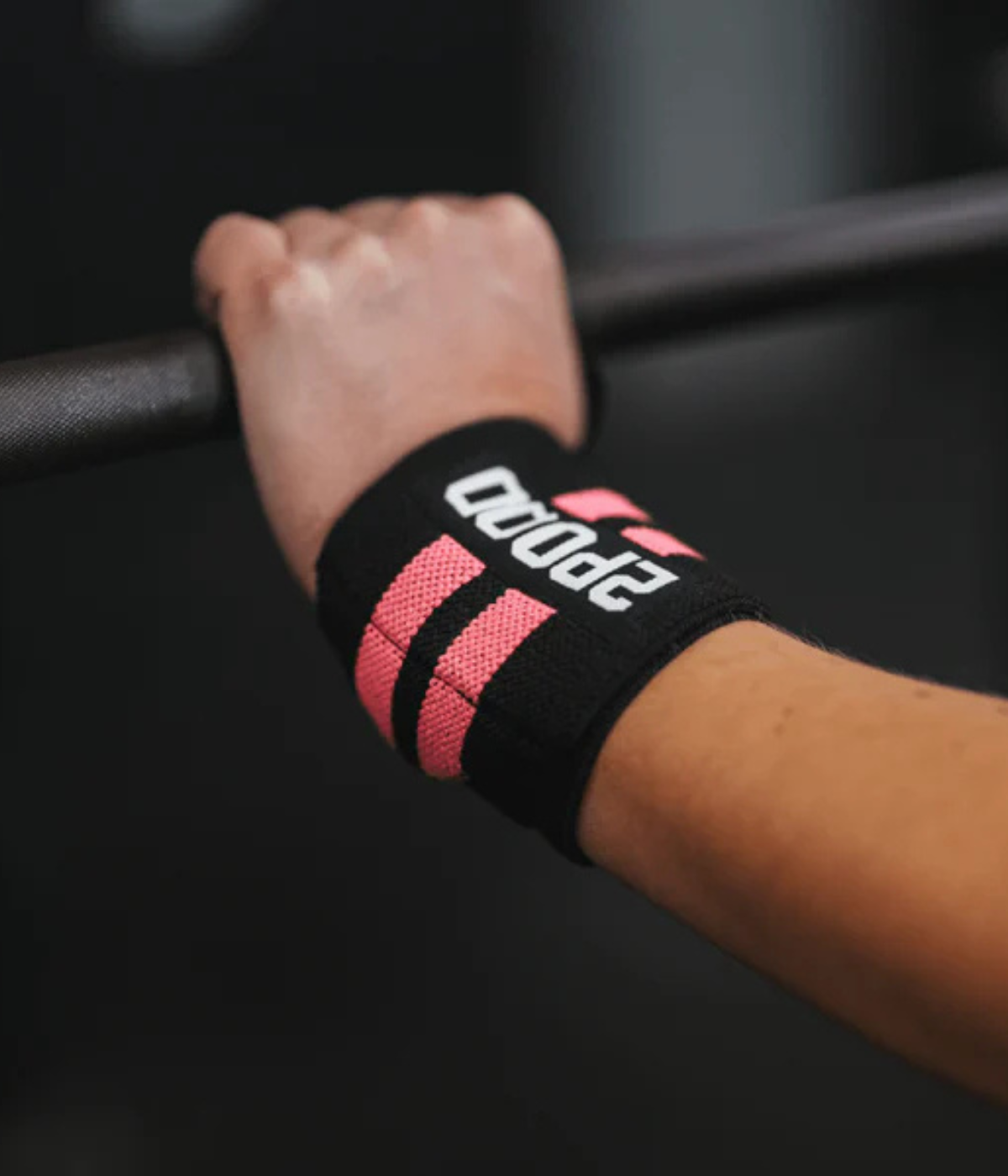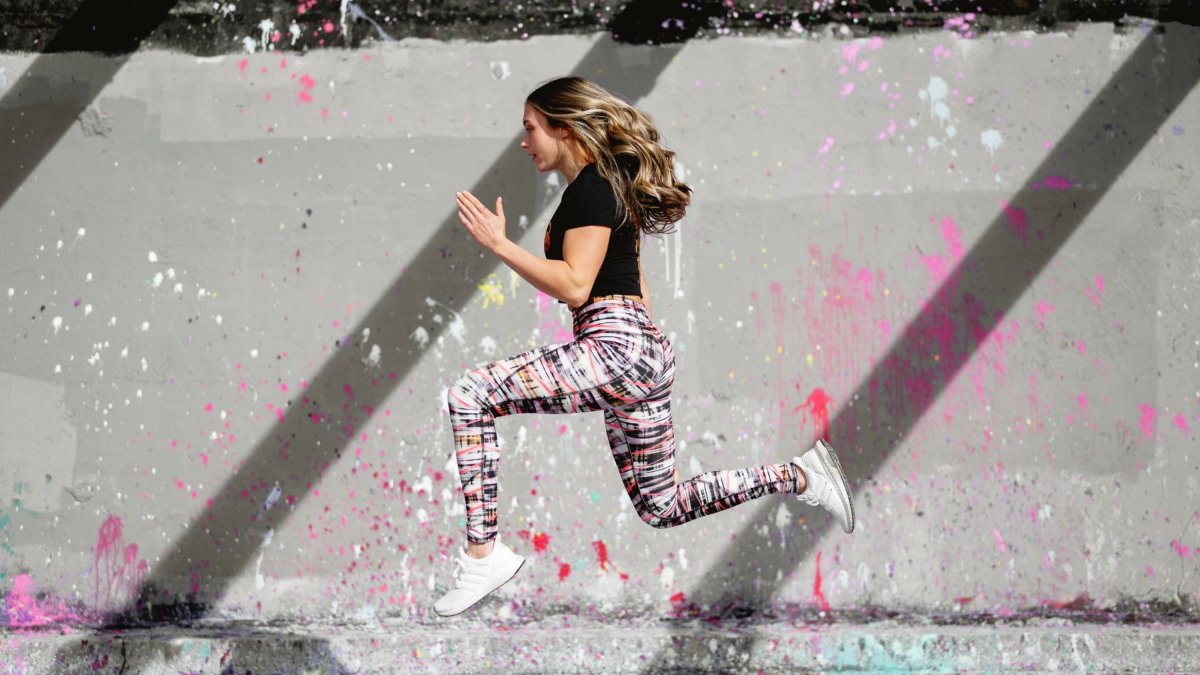The Squat: Why It's the King of Exercise & What You Should Know
There’s a whole movement of squat enthusiasts. You may have even seen the shirts that say, “shut up and squat,” or “drop it like a squat.” Inevitably, there’s something to this exercise! People love it. But most importantly, your body does too.
The squat is the king of exercise due to its simplicity, functionality, and many benefits. Correctly performed squats target various muscle groups at the same time. It also increases strength and flexibility while supporting weight loss. So, what should you know about the squat? Does it live up to its title?
What Are the Benefits of the Squat?
The squat targets the lower body. It is a staple part of structured exercise routines and plays a role in many daily activities, such as sitting in a chair or standing from sitting. Understanding this simple and effective exercise is key to performing the squat correctly and getting the maximum benefit from it (more on this below!). First, let’s examine the benefits. Why squat?
1. Increases Strength
The squat is first and foremost a strengthening exercise. The squat targets the lower body. Engaging the knees, hips, and the core, the squat strengthens the muscles, ligaments, tendons, and bones of these joints. In this way, regular squatting prevents or minimizes common injuries and slows down aging.
2. Improves Flexibility
With regular repetition, the squat strengthens and also increases the flexibility of the knees and hips. This makes the squat relevant to everyone, including top athletes, children, and older individuals. Older adults who regularly practice squatting, even at low intensity, show increased mobility in daily activities.
3. Increases Balance
As the squat strengthens the core, hips, and knees, it naturally increases balance. Better balance improves performance in nearly every sport. It also supports and encourages a healthy posture which lowers the risk of aches and pains due to slouching. Improved balance reduces the risk of injury.
4. Burns Calories and Tones the Entire Body
While a squat is a strengthening exercise and not cardio, it still increases the metabolism. Squats encourage fat-burning long after the exercise is over due to its ability to help individuals gain muscle mass, particularly in the major muscles of the legs. Regular squatting, combined with other forms of exercise supports weight loss. Thanks to the fact that it helps build lean muscle, squat training also improves muscle tone and the overall appearance of the lower body.
5. Increases Speed
Increased muscle strength in the lower body results in a faster reaction time and increased speed. Squats provide this advantage to competitive athletes keen on upping their game, which is why it’s a frequent go-to exercise for elite and pro athletes.
6. It’s Accessible and Affordable
Squat training provides all of the above benefits without any equipment. As strength increases, depending on the individual's goals, there is some equipment you can invest in, like a squat rack and weights. You can also perform wall squats for added support if needed.
7. You Can Adjust It According to Your Needs
One of the many benefits of the squat is how adjustable it is. There are almost countless variations of the basic squat. Each variation of the squat targets different areas and can help almost every individual focus on areas relevant to their goals.
How To Do a Squat Correctly
A squat must be done correctly to receive the benefits while avoiding injury. Follow this basic guideline to avoid injury and get the most out of squatting.
The Basic Bodyweight Squat
The best approach is to start with the simplest form of the squat before increasing the difficulty.
- Begin standing with a comfortable, slightly wide stance (feet in line with your hips)
- Reach your arms out in front of you for balance
- Extend your rear behind you in a sitting down motion
- Keep your chin up, look forward, and maintain a straight spine, while engaging your core to protect your low back
- Your knees should bend behind the line of your toes, not in front of them
- Deepen the squat as far as you comfortably can
- Return to standing position and repeat
Repetition is the key to results. Begin with 10 repetitions and do 1 to 3 sets about 2 to 3 times per week.
What is a Modified Squat?
As strength increases, the basic bodyweight squat is modified to increase the intensity and keep things interesting. The most common variations (more than 40!) include changing the stance (the position of your feet) or adding weights to the routine. Other variations include jumps and using other exercise equipment.
Back squats are squats where a barbell weight adds resistance to the shoulders, near the base of the neck. This squat targets muscles along the back of the body like the glutes and hamstrings. A front squat is where the weight adds resistance from the chest. This squat targets the muscles along the front of the body like the quads and the core.
How to Avoid Injury During Squat Training
Once the technique is spot on, position, speed, and the fatigue factor are three things to consider to reduce the risk of injury during squat training. Squat training should always start with a warm-up and end with a cool-down routine.
Regarding position, a narrow stance (feet close together) or a very wide stance increases the risk of injury. Large forces around the knee and hip joints are the culprits here. Start with a basic stance and carefully reduce or expand it as strength increases.
Slow is better. There are fewer forces on the knee and hip joints when you squat slowly, so take your time. As a training session ends, the fatigue factor allows poor technique to creep in. So don't push yourself too hard towards the end; it can result in injury, which, let’s be honest, isn’t worth it.
How Often Should You Do Squats?
Frequency and repetition are vital to see steady results with squat training. Combine squat training with other exercises at least 2 to 3 times per week for the best results. A sole focus on squatting is not a balanced and healthy exercise regime.
The squat is a simple and accessible exercise with many applications and benefits. Almost anyone can enjoy the rewards of regular squatting. You don't need any fancy equipment; your own body, a little space, and time are enough to get you started on the journey to a stronger, more flexible, and healthier you!
Apparel in this Post
THE OFFICIAL BELT OF USA WEIGHTLIFTING
Grab the belt worn by weighlifting Olympians: CJ Cummings, Mattie Rogers, and Jourdan Delacruz

















Leave a comment
All comments are moderated before being published.
This site is protected by hCaptcha and the hCaptcha Privacy Policy and Terms of Service apply.